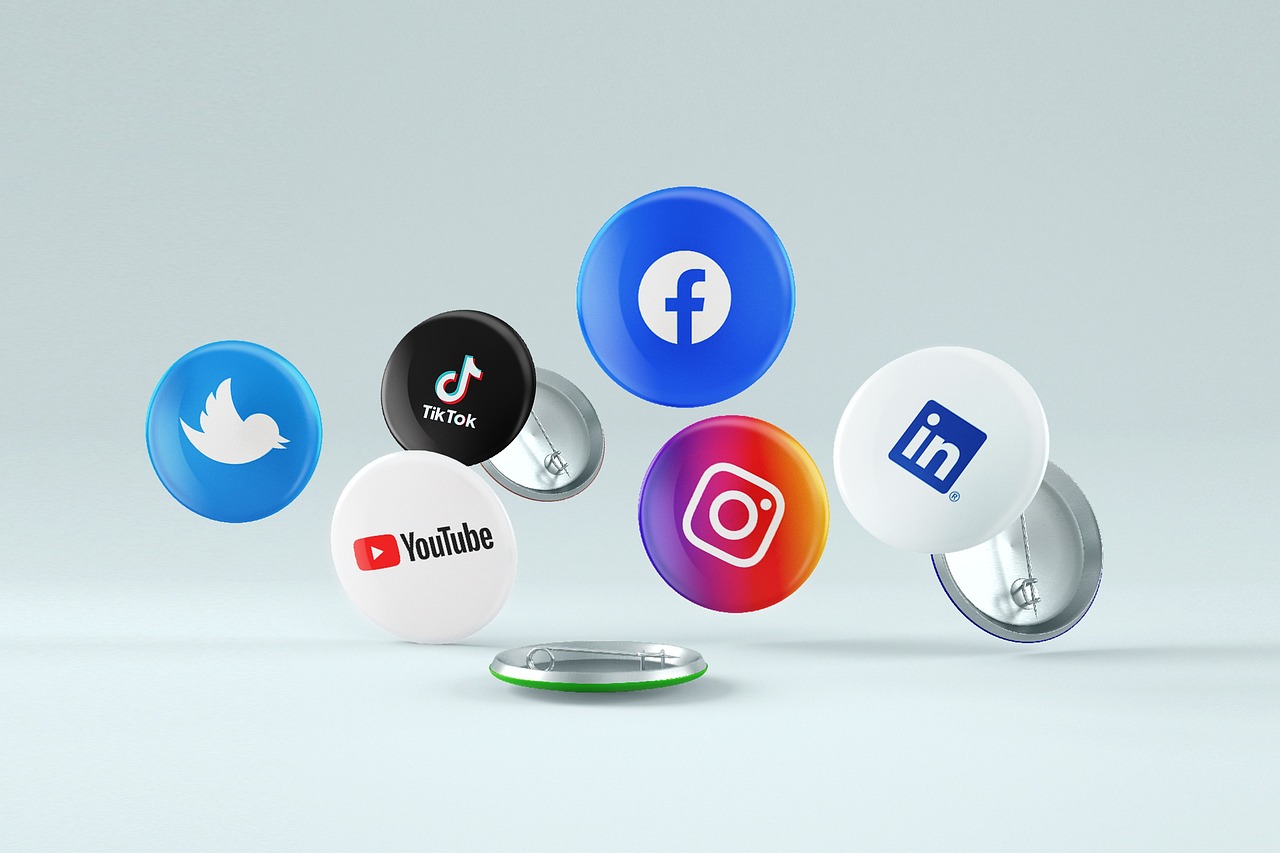Blog
Choosing the Right Social Media Platforms for Your Small Business

In today’s digital landscape, social media platforms play a crucial role in connecting businesses with their target audience. However, with an array of options available, it’s essential to choose the right platforms that align with your business goals and resonate with your audience. Let’s explore the top social media platforms for small businesses and guide you through the decision-making process.
Content is fire. Social media is gasoline.
Jay Baer
1. Facebook: The All-Rounder
Facebook remains the giant of social media, boasting over 2.8 billion monthly active users worldwide. It’s a versatile platform suitable for businesses of all sizes. Here’s why:
- Broad Reach: With its diverse user base, Facebook allows you to connect with a wide audience. You can create a business page, join relevant groups, and promote your products or services effectively.
- Advertising Tools: Facebook offers robust advertising tools, including targeted ads, sponsored posts, and retargeting options. These features help you reach specific demographics and interests.
- Community Building: Engage with your audience through posts, comments, and live videos. Building a community around your brand fosters loyalty and trust.
2. Instagram: Visual Storytelling
Instagram is a visual platform that thrives on eye-catching content. Here’s why it’s a great choice for small businesses:
- Visual Appeal: Share high-quality images, videos, and stories. Use Instagram’s filters and editing tools to create an aesthetically pleasing feed.
- Engagement: Instagram users are highly engaged. Leverage features like Stories and Reels to showcase your brand personality and connect with your audience.
- Shoppable Posts: Turn your Instagram profile into a virtual storefront by tagging products in your posts. Users can shop directly from your feed.
3. Twitter: Real-Time Conversations
Twitter is all about real-time conversations and concise messaging. Here’s why it’s relevant for small businesses:
- Instant Updates: Share news, announcements, and industry insights in 280 characters or less. Use relevant hashtags to increase visibility.
- Customer Service: Respond promptly to customer queries and feedback. Twitter is an excellent platform for addressing customer concerns.
4. LinkedIn: Professional Networking
LinkedIn caters to professionals, making it ideal for B2B businesses. Consider these points:
- Networking: Connect with industry peers, potential clients, and thought leaders. Share valuable content related to your niche.
- Company Pages: Create a LinkedIn company page to showcase your business, highlight achievements, and attract talent.
5. Pinterest: Visual Discovery
Pinterest is a unique platform focused on visual discovery and inspiration. Here’s why it’s worth exploring:
- Visual Search: Users discover content through images. Pin your products, DIY ideas, and lifestyle inspiration.
- Long-Term Exposure: Pins have a longer lifespan than other social media posts. They continue to circulate and drive traffic over time.
6. TikTok: Creativity and Entertainment
TikTok is the go-to platform for short-form video content. While it’s popular among younger audiences, businesses can tap into its creativity:
- Challenges and Trends: Participate in trending challenges or create your own. Showcase your brand’s personality and have fun.
- Authenticity: TikTok thrives on authenticity. Be genuine, and your audience will respond positively.
7. YouTube: The Video Powerhouse
YouTube is the second-largest search engine globally, right after Google. It’s a goldmine for video content, making it an excellent choice for businesses:
- Video Content: Create informative, entertaining, or instructional videos related to your industry. Showcase your products, share behind-the-scenes glimpses, or provide valuable tips.
- SEO Benefits: Optimize your video titles, descriptions, and tags to improve search visibility. YouTube videos often appear in Google search results, driving traffic to your channel.
- Engagement: Encourage viewers to like, comment, and subscribe. Building a loyal subscriber base can lead to long-term success.
8. Google Business Profile: Local Visibility
Google Business Profile (formerly known as Google My Business) is crucial for local businesses. Here’s why:
- Local Search: When users search for businesses near them, Google Business Profiles appear prominently. Ensure your profile is complete, accurate, and up-to-date.
- Reviews and Ratings: Encourage customers to leave reviews. Positive reviews enhance your credibility, while negative ones provide an opportunity for improvement.
- Posts and Updates: Share posts about events, promotions, or new offerings. Keep your audience informed and engaged.
Leave a Reply
Your email address will not be published. Required fields are marked *
1 Replies to “Choosing the Right Social Media Platforms for Your Small Business”
This is a test comment